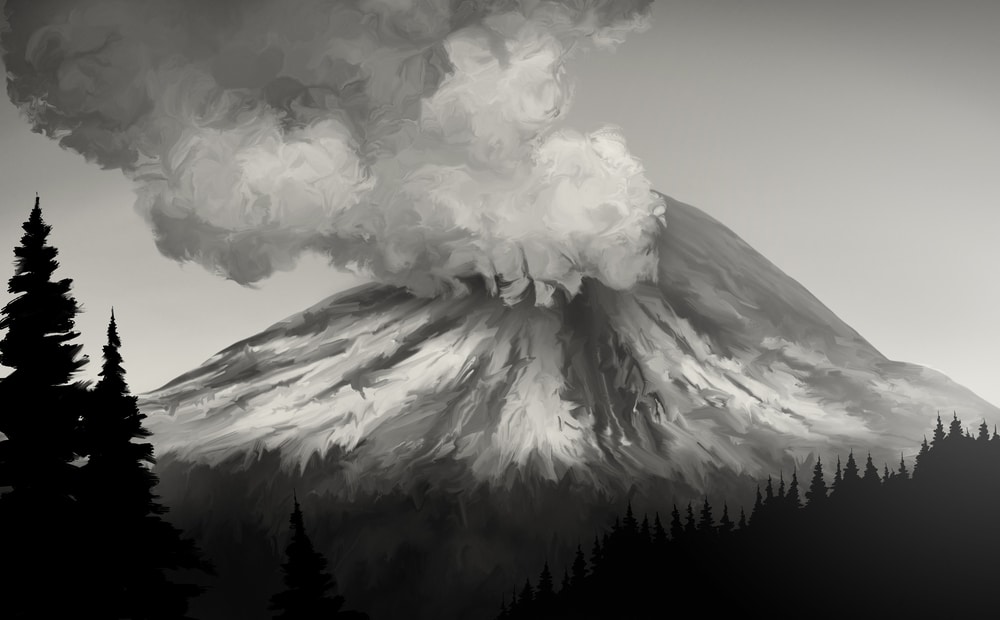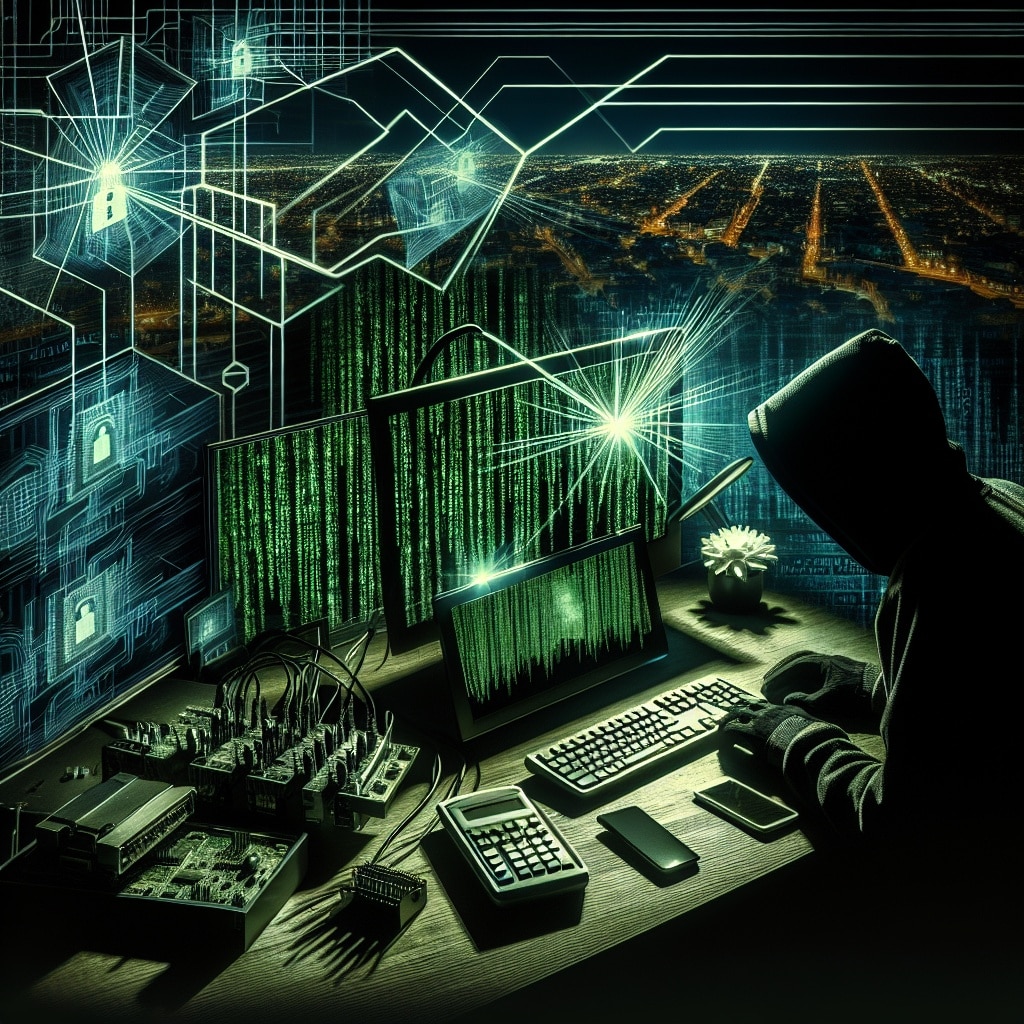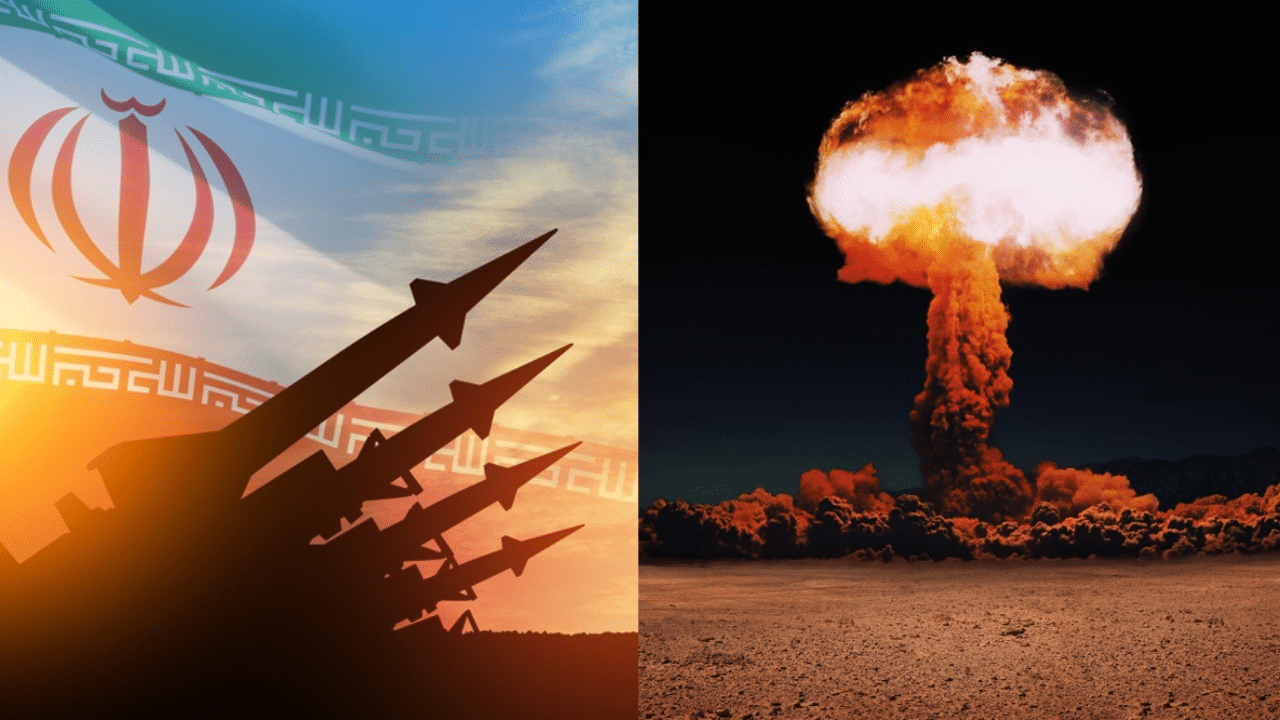(ETH) – The World is facing threats from a slew of disasters ranging from asteroids, volcanoes, and even solar storms and scientists are working overtime to prepare humanity for threatening scenarios in the future.
Scenarios such as an asteroid striking the earth in which the likelihood of it happening are very rare, at least not until we get into the tribulation period. But just in case, the earth has a watchman on the lookout for exactly the kind of threat that wiped out the dinosaurs. According to CBN News, Lindley Johnson is NASA’s planetary defense officer who told CBN that we now have the technology to detect things like asteroids far in advance.
“We believe we have already found all of the near-Earth asteroids that are of that size that can cause the same kind of catastrophe that occurred to the dinosaurs but there are still a few large ones to find out there,” Johnson told CBN News. Johnson assured CBN News that himself and other planetary defenders have a plan to redirect and asteroid potentially heading for earth.
In fact, Next summer, NASA reportedly will test that capability for the first time by crashing a probe into an asteroid’s moon, knocking it off orbit, and off-course. “We’ve been given the tools to prevent this ever happening to us again and so we should use them,” Johnson said. The 1944 eruption of Mount Vesuvius rained down on the Naples area of Italy some 2,000 years after it destroyed Pompeii. And in regards to volcanic eruptions such as this one Geophysicist, Michael Poland who is with the US Geological Survey stated:
“How do you coordinate an evacuation of a city of millions?” he said. “There are environments like that all over the world, not just Naples. Environments like that [are] in Indonesia, Philippines. Taal volcano eruption near Manila – if there had been a really large eruption – how do you coordinate a massive evacuation?”
“There’s no stopping a volcano,” Poland continued. “Occasionally we get this question, like ‘why don’t you just drill into the volcano and pump water down there?’ And the scale of the problem is really incomprehensibly big. So, no, you can’t stop a volcano from erupting. You might be able to divert some of the products but the best mitigation methods we have today are to get out of the way.”
Poland warns that many volcanoes erupt suddenly such as Mount St. Helens which erupted in just minutes, back in 1980 resulting in 57 lives lost and hundreds of millions of dollars in damage. The volcano literally wiped out every living thing within 230 square miles, the devastation forced the world to take volcano monitoring a little more seriously.
“The science of eruption forecasting certainly has advanced – we can recognize a lot of eruptions that are becoming restless based on earthquakes, ground deformations, gas emissions,” Poland said. Poland also oversees the Yellowstone Volcano Observatory.
“With Yellowstone, the worst-case scenario is always a tremendous explosion, of the kind that last happened about 631,000 years ago. That was one of these super-eruptions that occur on average maybe every 50-100,000 years somewhere on the planet,” he said. “These sorts of eruptions would be immediately devastating to everything around them out to a radius of hundreds to thousands of kilometers,” he said.


















